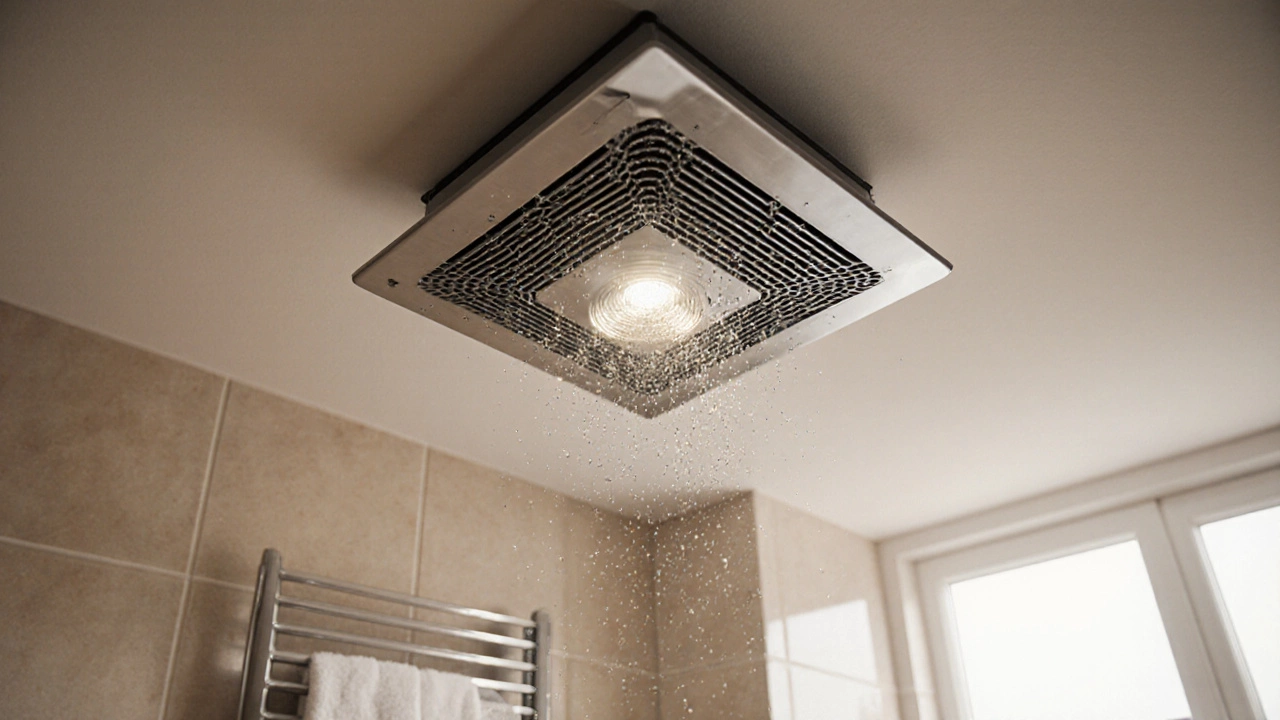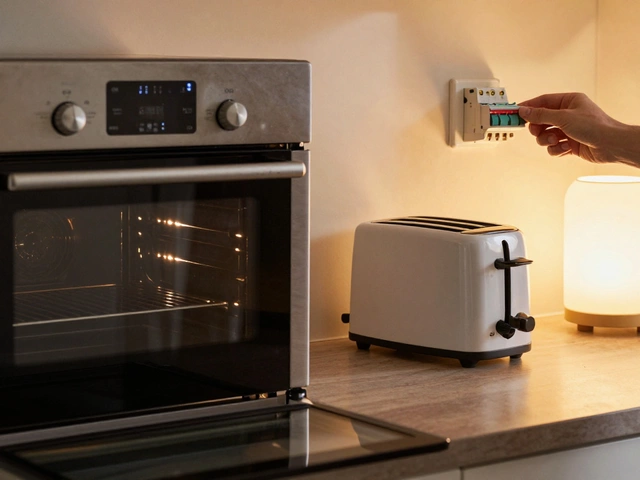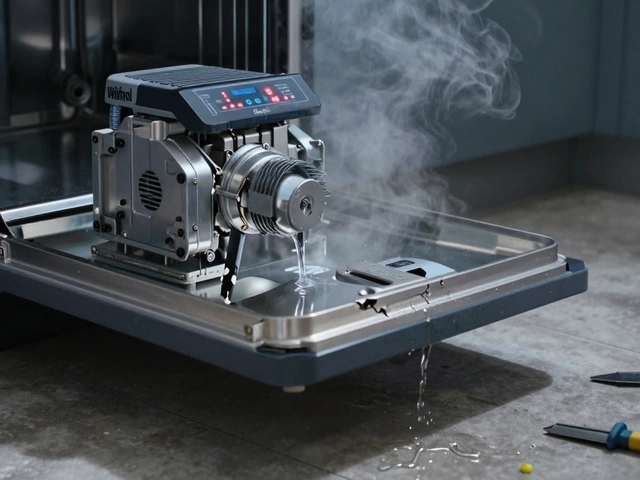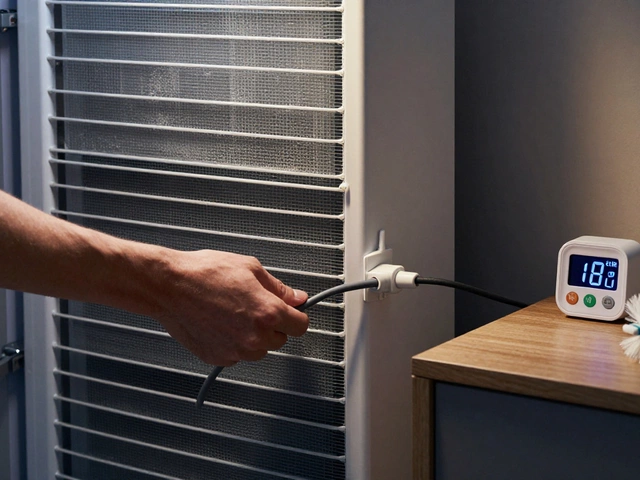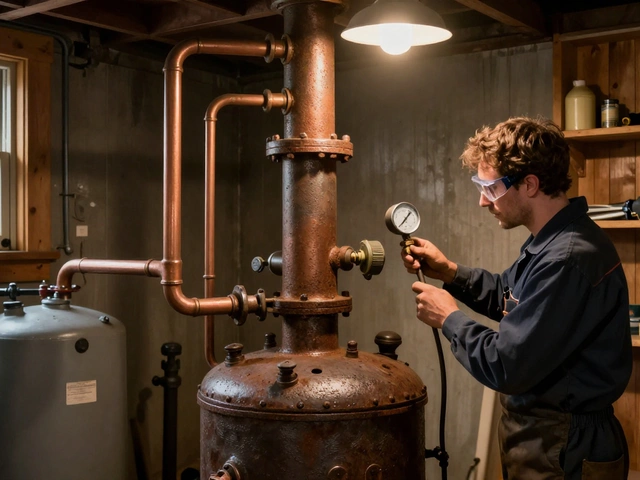Bathroom Exhaust Fan: Installation, Care, and Troubleshooting
When dealing with bathroom exhaust fan, a compact mechanical unit that pulls moist air out of a bathroom and pushes fresh air in, you’re looking at a key part of home ventilation. Also known as an extractor fan, the device commonly installed in ceiling or wall openings, it helps keep walls dry and reduces mold risk. In many UK homes, a plumber, a tradesperson licensed to work on water and drainage systems will check the vent duct, while an electrician, a certified professional for electrical wiring ensures safe power connections. Together, these roles protect the moisture control, the process of keeping indoor humidity at healthy levels balance that prevents rot and health hazards.
Why Proper Ventilation Matters
The bathroom exhaust fan does more than just clear steam. It reduces mold growth (Bathroom exhaust fan → reduces → mold growth) and improves indoor air quality (Proper ventilation → improves → indoor air quality). When you install the fan correctly, you also lower the chance of condensation on mirrors and tiles (Correct installation → lowers → condensation). These benefits are not just comfort perks; they protect your home’s structure and your family’s health.
Installation isn’t a one‑size‑fits‑all job. First, you need to choose the right fan size based on the bathroom’s square footage – a rule of thumb is 1 CFM per square foot plus extra for showers. Next, the duct must run to the outside, not into an attic, to avoid moisture build‑up in hidden spaces (Vent duct → must → exit outdoors). Finally, wiring must meet Part P regulations, which is why hiring an electrician for the electrical side is essential (Electrician → ensures → compliance with Part P).
Maintenance is straightforward but easy to overlook. Clean the fan grille every few months to keep airflow humming. If the fan hums louder than usual, the motor bearings might need lubrication or replacement. A sudden drop in performance usually points to a blocked duct – a quick vacuum or brush‑out can restore flow. When you hear a buzz or notice sparks, shut it off and call a professional; it’s likely an electrical fault that only an electrician should handle.
Common problems crop up across many UK homes. A fan that won’t turn on often suffers from a tripped circuit breaker or a faulty switch; testing the circuit with a multimeter can confirm the issue. Fans that run continuously without the humidity sensor may have a broken humidistat, which you can replace without dismantling the whole unit. Lastly, noisy fans can be the result of an unbalanced fan blade or loose mounting screws – tightening the screws usually quiets things down.
Knowing when to DIY and when to call a pro saves time and money. Simple tasks like cleaning the grille, checking the breaker, or resetting a humidistat are perfect weekend projects. Anything involving wiring, duct rerouting, or motor replacement should be left to a qualified electrician or plumber, depending on whether the work is electrical or involves the vent pipe. This balanced approach ensures safety while keeping your bathroom fresh.
Below you’ll find a curated collection of guides that dive deeper into each of these areas – from step‑by‑step installation tips to troubleshooting tricks for noisy fans. Use them to get the most out of your bathroom exhaust fan and keep your home comfortable year‑round.
How to Replace an Extractor Fan Motor - Step‑by‑Step DIY Guide
- Alden Wilder
- Oct 14 2025
- 0 Comments
Learn how to replace an extractor fan motor step by step. This DIY guide covers troubleshooting, parts selection, safety, installation tips, and common pitfalls.
View More